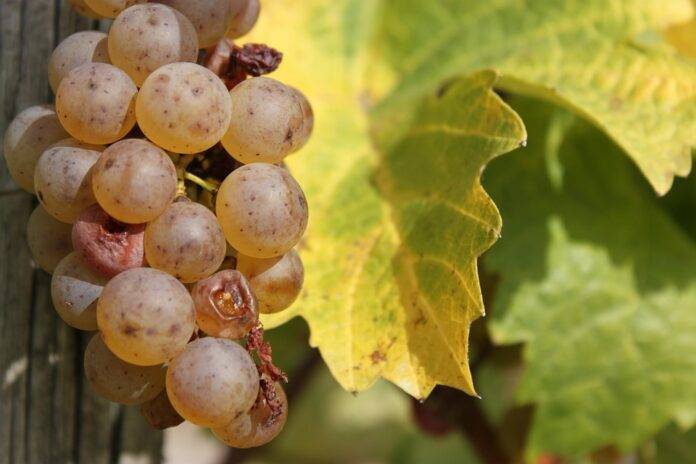Introduction
German Riesling is widely regarded as the gold standard for balance and purity in the wine world. Its unique combination of acidity, sweetness, and minerality has captivated wine enthusiasts around the globe. In this report, we will delve into the reasons why German Riesling stands out as a top choice for wine connoisseurs.
Historical Significance
Origins
German Riesling has a long and storied history that dates back to the Roman times. The cool climate and diverse soil types in Germany provide the ideal conditions for growing Riesling grapes. The first documented mention of Riesling dates back to the 15th century, and since then, it has become synonymous with German winemaking.
Reputation
Over the centuries, German Riesling has earned a reputation for its exceptional quality and purity. The wines are known for their ability to reflect the terroir of the vineyards where they are grown, showcasing the unique characteristics of each region. This authenticity and sense of place have helped German Riesling establish itself as a benchmark for balance and purity in the wine industry.
Key Factors Contributing to Balance and Purity
Climate and Terroir
The cool climate in Germany, particularly in regions like the Mosel and Rheingau, allows the Riesling grapes to ripen slowly and retain their natural acidity. The diverse soil types, including slate, limestone, and quartzite, impart unique mineral notes to the wines, adding complexity and depth. This combination of climate and terroir plays a crucial role in creating the balanced and pure expression of Riesling that Germany is known for.
Winemaking Techniques
German winemakers have honed their craft over generations, mastering the art of balancing acidity, sweetness, and minerality in Riesling wines. The traditional winemaking techniques, such as gentle pressing, slow fermentation, and aging in neutral oak barrels, allow the true character of the grapes to shine through. This hands-on approach to winemaking ensures that German Riesling retains its purity and delicacy, making it a sought-after choice for wine lovers worldwide.
Industry Insights
Market Trends
In recent years, German Riesling has seen a resurgence in popularity, driven by a growing appreciation for lighter, more elegant wines. Consumers are increasingly seeking out wines that offer a sense of place and express the unique terroir of the vineyards where they are grown. German Riesling, with its focus on balance and purity, perfectly fits this trend, making it a top choice for wine enthusiasts looking for quality and authenticity.
Financial Data
The German Riesling industry has experienced steady growth in recent years, with exports to key markets like the United States, China, and the United Kingdom on the rise. According to industry reports, the value of German Riesling exports reached €307 million in 2020, a 6% increase from the previous year. This growth can be attributed to the increasing demand for high-quality, terroir-driven wines, with German Riesling leading the way as a top contender in the market.
Conclusion
German Riesling has rightfully earned its place as the gold standard for balance and purity in the wine world. Its unique combination of acidity, sweetness, and minerality, coupled with the cool climate and diverse terroir of Germany, sets it apart as a top choice for wine connoisseurs. With a rich historical significance, exceptional winemaking techniques, and a growing market presence, German Riesling continues to shine as a beacon of quality and authenticity in the global wine industry.


